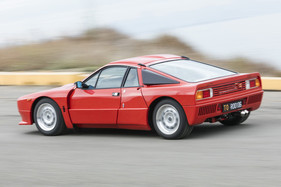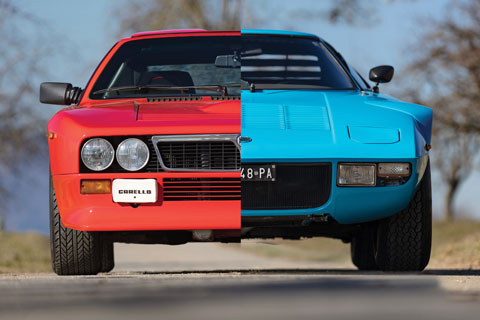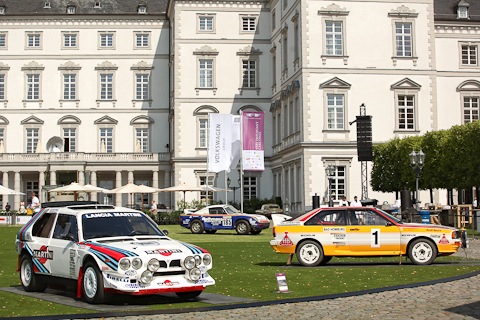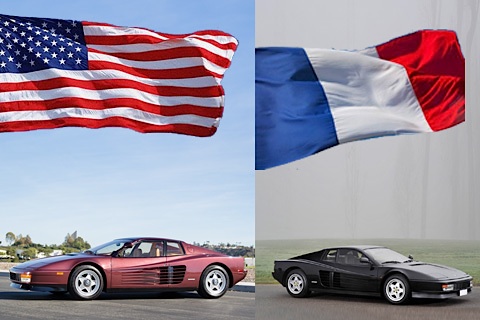Lancia 037 Rally - the last classic in rally sport
Artikel verschenken
Jetzt abonnieren und Artikel verschenken
Machen Sie sich, Ihrer Familie und Ihren Freunden eine Freude: Mit einem Abo können Sie unbegrenzt Artikel verschenken.
PDF nicht verfügbar
Technischer Fehler
Das PDF konnte aus technischen Gründen nicht erzeugt werden. Bitte kontaktieren Sie den Kundensupport via contact us.
PDF drucken
«PDFs runterladen und drucken» ist exklusiv für unsere Premium-PRO-Mitglieder vorbehalten.
Premium Light
EUR/CHF
4.70 monthly
Premium PRO
EUR/CHF
105.00 yearly
For true classic car fans
Premium PRO 2 Years
EUR/CHF175.00 (-16%)
Amazing discount and benefits
More premium offers, including combo deals, can be found in the online shop.
Already a premium member? Log in here.
Zu Merkliste hinzufügen
Login
Buy Premium subscription
Premium Light
EUR/CHF
4.70 monthly
The Starter Plan
Premium PRO
EUR/CHF
105.00 yearly
For true classic car fans
Premium PRO 2 Years
EUR/CHF175.00 (-16%)
Amazing discount and benefits
More premium offers, including combo deals, can be found in the online shop.
Already a premium member? Log in here.
You love large photos? So do we!
And we’d love to keep sharing them with you: simply register here for free.








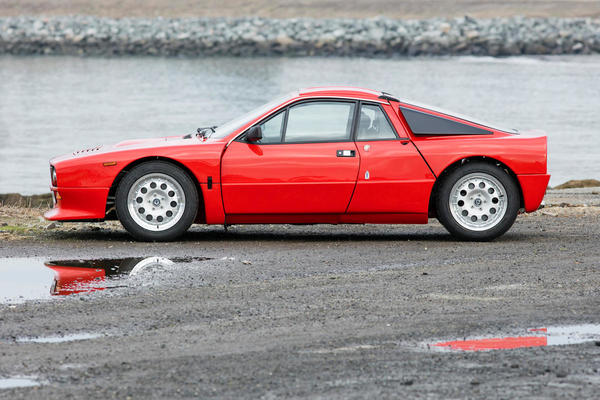
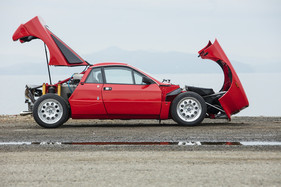

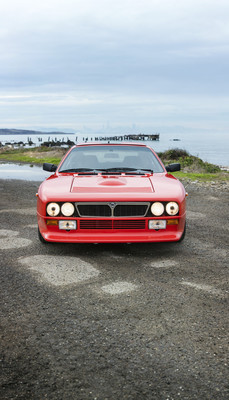

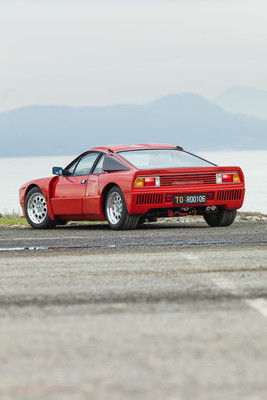

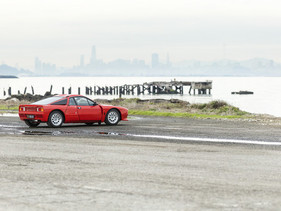

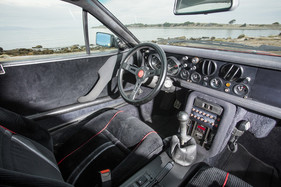

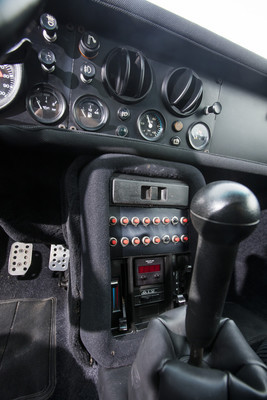



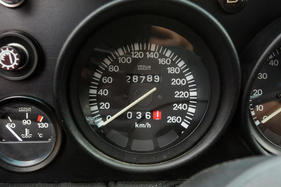

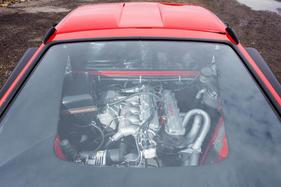

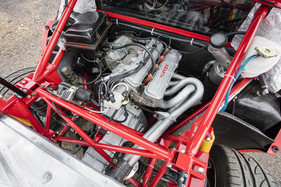

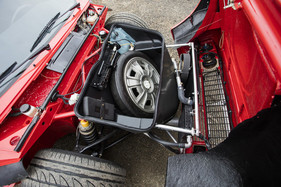

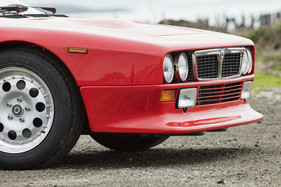



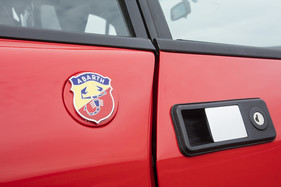

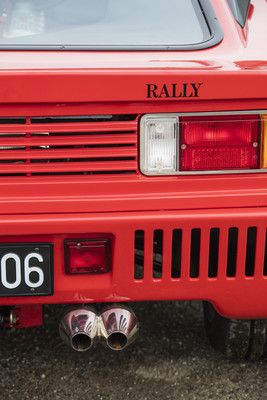

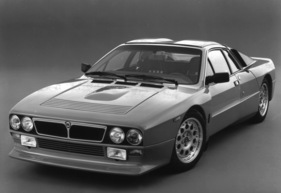



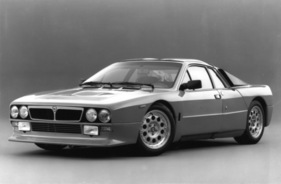



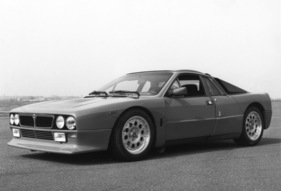

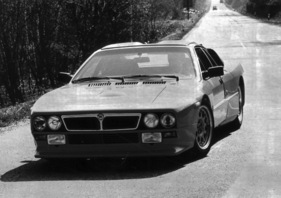







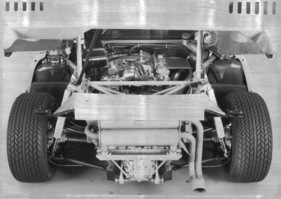

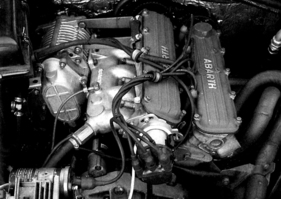

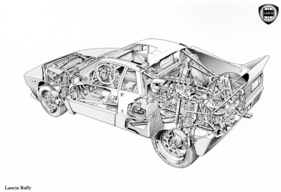



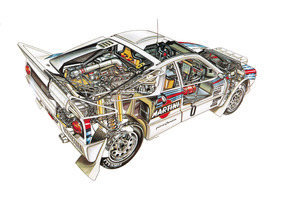

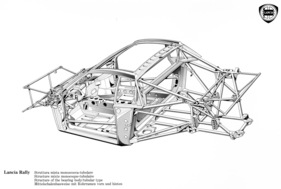



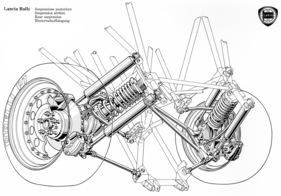

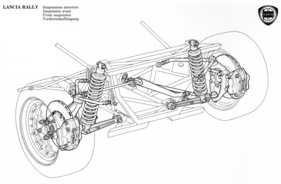

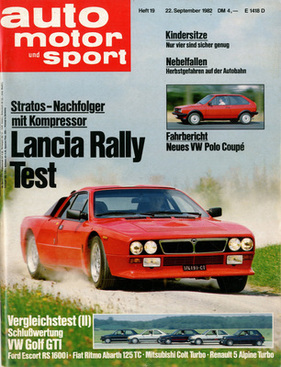



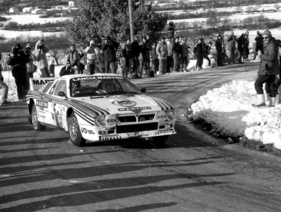

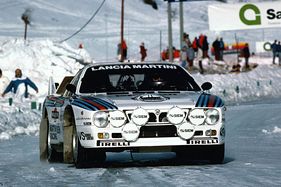

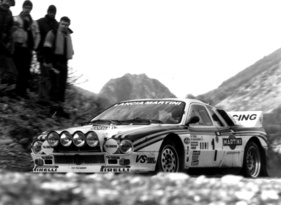



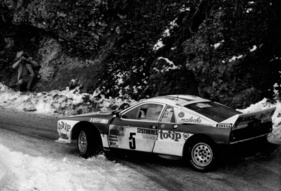

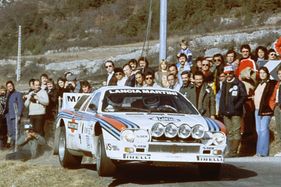

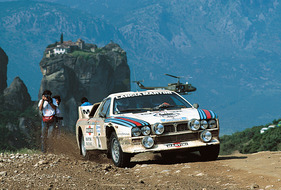



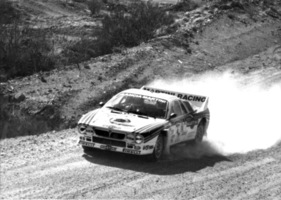

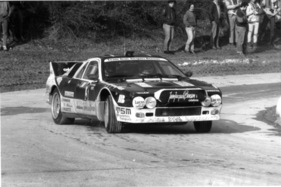

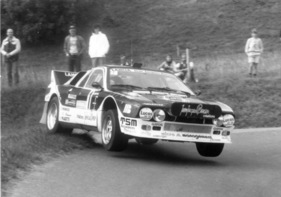

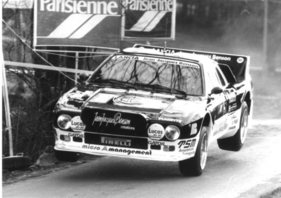

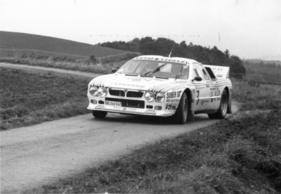

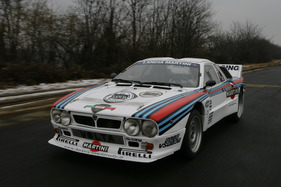

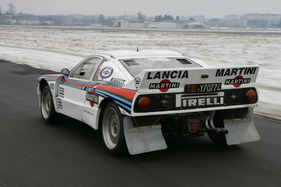



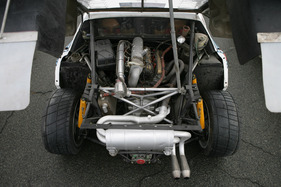

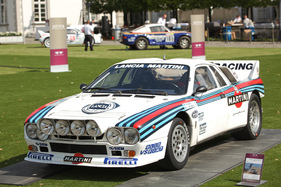

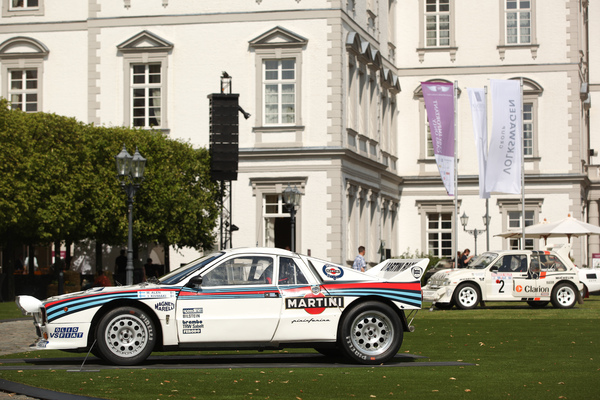

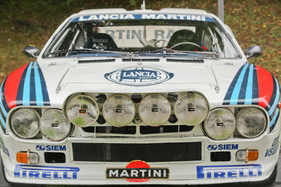

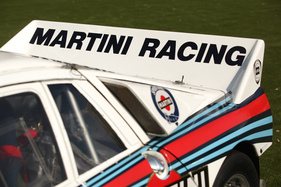



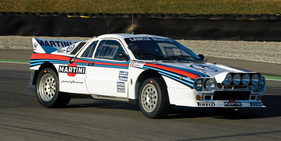

You have only
4 out of 65
images seen in high resolution
Information
To see more images in high resolution, you need to log in.
Summary
At the end of 1981, Lancia presented the new Group B rally car 037 Rally, followed a few months later by the presentation of the 200-strong road version. Like the competition, the Italian car manufacturer had also developed an uncompromising racing car, except that the 037 only had driven rear wheels. Nevertheless, the car won the brand title in the 1983 World Rally Championship and was the last rear-wheel drive car to do so. This driving report is primarily about the road-going version, which was hardly any less spectacular technically or visually than the racing version.
This article contains the following chapters
- Ritmo, Delta or Montecarlo
- Almost completely new
- Racing technology for rally use
- Not immediately successful, but then they did
- The tamed road version
- Lack of temperament?
- Muscles and concentration required
- Becoming valuable
- Further information
Estimated reading time: 7min
Preview (beginning of the article)
When the Fiat-Lancia Group began to consider a successor to the Fiat 131 Abarth as a rally car, it was in its heyday. Walter Röhrl won the drivers' world championship title in the front-engined Fiat with rear-wheel drive, and the car took a total of 20 WRC victories up to 1981. Impressive for such a conventionally built car. However, the changes to the regulations announced for 1982 and the new Group B showed a new way forward; there was no longer a flower pot to be won with an optimized road car. So the Turin team began to build the ideal rally car, bearing in mind their own history with the Lancia Stratos and Fiat 131 Abarth as well as the considerations of the marketing people, who naturally wanted a series reference. Since a Group B racing car was seen as more of a Lancia brand, the Fiat Ritmo was already out of the running as a basis, and the layout of the Lancia Delta did not fit the intended direction either. So the decision was made to use the Lancia Montecarlo as the genetic donor.
Continue reading this article for free?
Unlock Premium article
Images of this article


